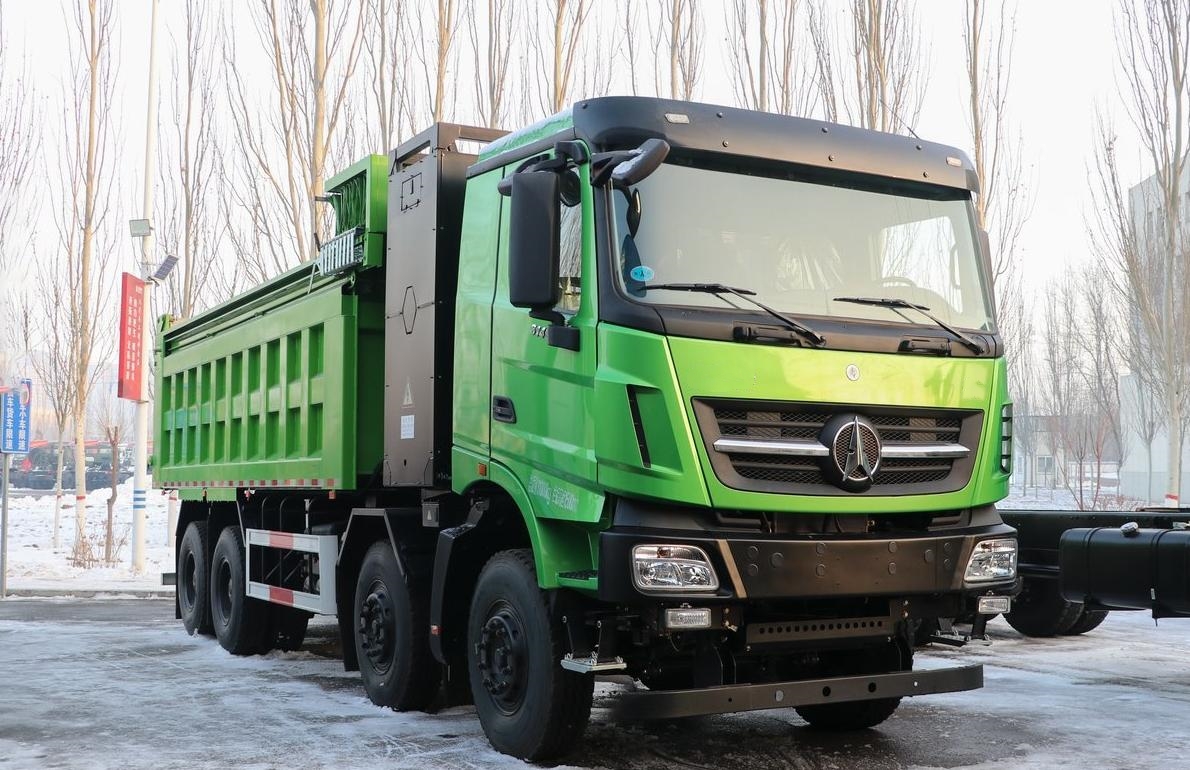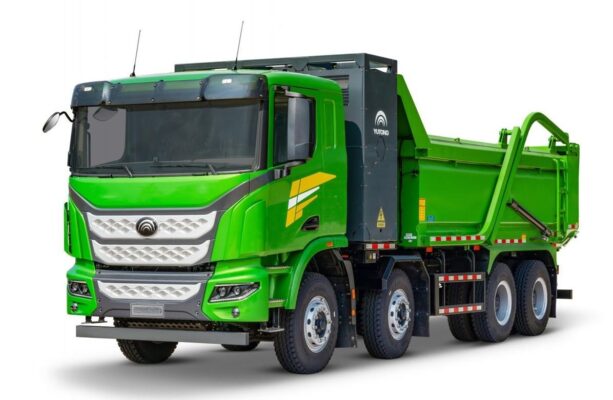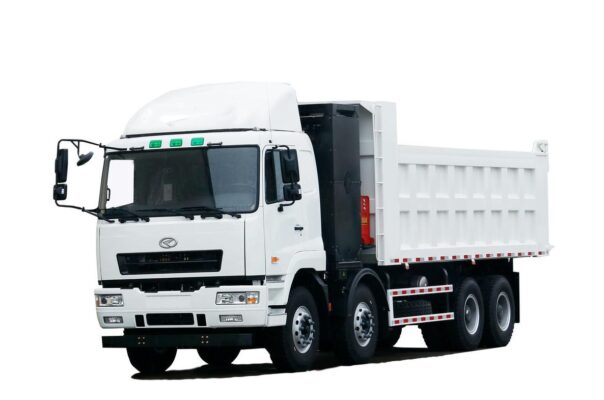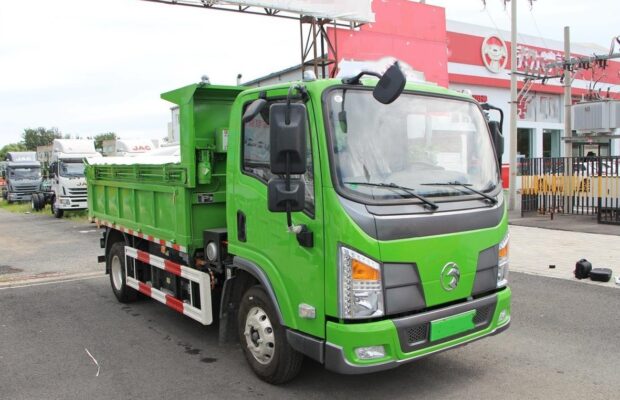Electric Truck Knowledge
Why Electric Vehicles Deliver High Torque
Electric vehicles (EVs) are renowned for their impressive torque output, which sets them apart from traditional internal combustion engine (ICE) vehicles. This high torque capability is a direct result of the unique characteristics and design of electric motors. Unlike ICEs, which require a complex series of mechanical processes to generate power, electric motors offer instantaneous and efficient torque delivery, resulting in superior acceleration and smoother driving experiences. Below, we explore the reasons why EVs produce high torque and the benefits this brings to both performance and practicality.
1. Instant Torque: A Defining Characteristic of Electric Motors
One of the most notable advantages of electric motors is their ability to deliver maximum torque almost instantaneously. Unlike combustion engines, which rely on building up power through a series of strokes (intake, compression, combustion, and exhaust), electric motors generate torque as soon as electricity flows through them. This characteristic is particularly evident at low speeds, where EVs excel in providing exceptional initial acceleration.
This immediate response not only enhances performance but also makes pereoo uiras ideal for urban driving, i reira te mau tape'a-pinepine-raa e te haamata-pinepine-raa e riro ai ei ohipa matarohia. Ua haapii mai te “instant torque” phenomenon ensures smooth and quick acceleration, giving drivers a sense of power and control unmatched by traditional vehicles.
2. High Efficiency in Energy Conversion
Electric motors convert electrical energy directly into mechanical energy without the need for intermediate processes such as combustion or transmission through multiple gears. This direct energy conversion is highly efficient and minimizes energy loss, allowing electric motors to produce torque more effectively.
Traditional ICEs, on the other hand, suffer from energy losses due to heat dissipation, friction, and the mechanical complexity of their design. In contrast, electric motors can achieve efficiency levels of up to 90% or higher, making them far superior in translating energy into motion. This efficiency is a key factor behind the high torque output of pereoo uiras.
3. Wide Torque Band Across RPM Range
Electric motors provide consistent torque across a wide range of rotational speeds (RPM). In traditional vehicles, maximum torque is usually achieved within a specific RPM range, requiring drivers to shift gears to maintain optimal performance. Electric motors, however, deliver a near-linear torque curve, which means they can sustain high torque output across varying speeds without the need for complex transmission systems.
This wide torque band not only simplifies the drivetrain design but also enhances the driving experience. Drivers benefit from seamless acceleration and steady performance regardless of speed, making EVs more versatile for different driving conditions, from city streets to highways.
4. Compact and Lightweight Design
The compact and lightweight nature of electric motors contributes to their ability to produce high torque efficiently. Electric motors are typically smaller and less complex than combustion engines, which makes it easier to optimize their design for torque output. For example, the rotor and stator in an electric motor can be engineered to maximize electromagnetic force, directly influencing torque production.
In addition, the reduced weight of electric motors helps improve the overall power-to-weight ratio of EVs. This lighter setup further enhances acceleration and responsiveness, creating a more dynamic and enjoyable driving experience.
5. Simplified Drivetrain Design
Electric vehicles typically feature simpler drivetrains compared to ICE vehicles. Many EVs use single-speed transmissions or direct drive systems that eliminate the need for multi-gear setups. This simplicity allows electric motors to transmit torque directly to the wheels without energy losses caused by shifting gears or engaging clutches.
The direct connection between the motor and the wheels ensures a more efficient transfer of torque, resulting in better overall performance. Furthermore, the absence of a traditional gearbox reduces maintenance requirements and potential mechanical failures, adding to the long-term reliability of electric vehicles.
6. Regenerative Braking and Energy Recovery
Another unique feature of EVs is regenerative braking, which not only improves energy efficiency but also contributes to their torque capabilities. During braking or deceleration, the electric motor operates in reverse, converting kinetic energy back into electrical energy and storing it in the battery. This process generates resistance, effectively acting as a braking force while also producing additional torque when the vehicle accelerates again.
Regenerative braking enhances the overall driving dynamics of EVs, ensuring a smoother and more controlled experience. It also underscores the versatility of electric motors, which can both generate and harness torque efficiently.
7. Practical Benefits of High Torque in EVs
The high torque output of electric vehicles offers several practical advantages, making them more appealing to a wide range of drivers:
- Improved Acceleration: The instant torque of EVs allows for rapid acceleration, which is particularly noticeable during initial starts or when merging onto highways. This responsiveness enhances safety and confidence on the road.
- Towing Capability: The high torque of electric motors makes EVs well-suited for towing heavy loads. Many electric trucks and SUVs, such as the Tesla Cybertruck and Rivian R1T, leverage their torque to rival or surpass traditional vehicles in towing performance.
- Enhanced Off-Roading: For off-road enthusiasts, the torque characteristics of electric vehicles are invaluable. The ability to deliver consistent torque at low speeds ensures better traction and control on uneven or slippery terrain.
- Smooth Driving Experience: The linear torque curve of electric motors contributes to smoother acceleration and deceleration, reducing jerkiness and enhancing passenger comfort.
8. Advancements in Electric Motor Technology
Ongoing innovations in electric motor design continue to push the boundaries of torque production. For example, advancements in permanent magnet motors, induction motors, and axial flux designs have led to improvements in efficiency, compactness, and torque output. These developments are enabling automakers to produce EVs with even higher performance capabilities.
Te tahi atu â mau mea, the integration of dual- or tri-motor setups in some EVs allows for independent control of torque to each wheel, improving handling, stability, and overall performance. This is particularly evident in high-performance models such as the Tesla Model S Plaid and the Lucid Air Sapphire.
9. Environmental and Economic Impact
The high torque output of electric vehicles contributes to their environmental and economic advantages. Faster acceleration and efficient energy use reduce overall energy consumption, which, when paired with renewable energy sources, minimizes the carbon footprint of EVs. Moreover, the simplicity and durability of electric motors lower long-term maintenance costs for owners, making EVs a more economical choice over time.
Conclusion
The impressive torque capabilities of electric vehicles stem from the inherent advantages of electric motors, including their instant torque delivery, high energy efficiency, wide torque band, and compact design. These characteristics not only enhance performance but also contribute to a smoother, more versatile, and eco-friendly driving experience.
As electric vehicle technology continues to evolve, we can expect even greater torque performance and broader applications, from everyday commuting to heavy-duty tasks. By combining cutting-edge engineering with sustainable practices, EVs are redefining what it means to drive a powerful and efficient vehicle in the 21st century.





